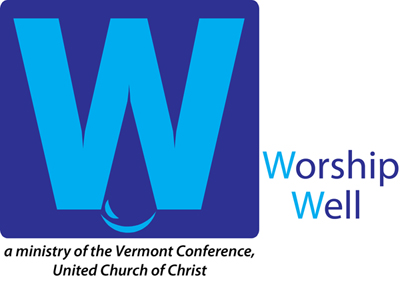Orchestral Worship

The 19th c. Danish writer, Soren Kierkegaard, in “Purity of Heart is to Will One Thing,” says this:
“Alas, in regard to things spiritual, the foolish of many is this, that they in the secular sense look upon the speaker as the actor, and the listeners as theatergoers who are to pass judgment upon the artist. But the speaker is not the actor – not in the remotest sense. No, the speaker is the prompter. There are no mere theatergoers present, for each listener will be looking into his own heart. The stage is eternity, and the listener, if his is the true listener (and if he is not, he is at fault) stands before God during the talk.”
Here, Kierkegaard uses a metaphor of the theater to critique that common view that in congregational worship the worship leaders are the actors and the congregation is the audience. Which begs the question: where is God in all of this? Kierkegaard perfers to view the worship leaders as the prompters, the congregation as soul-searching listeners, and God as the audience. It is a rich and compelling metaphor which raises many questions about worship in many of our churches (mine too!). What are we doing when we worship? Where does performance stop and worship begin? Who REALLY is the audience in our worship services? How do we weave all of the complexities of the worship experience together to create God-centered worship?

Having pondered Kierkegaard’s metaphor, I have been inspired to developed a chart for use in my own ministry setting. I have found that this chart:
- clarifies my thinking
- helps me to set priorities as a worship leader
- helps me to juggle all the different elements that combine to create worship
- helps me to keep my eye focused on God
- and deepens my overall understanding of our weekly worship services
Rather than Kierkegaard’s metaphor of the theater, I prefer a metaphor of an orchestra. An orchestra makes its most beautiful music when all of the instruments (strings, woodwinds, brass, percussion, etc.) are in tune with one another, playing their best, and focused on the audience. In order for worship to make it’s most beautiful music (i.e. transformation, Christian discipleship, and Good News), we must be in tune with one another, playing our best in each area, and playing first for God. I offer this chart below (and as a link) for your reflections and for use in your setting.
© Rev. Kevin Goldenbogen, 2018


